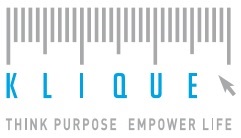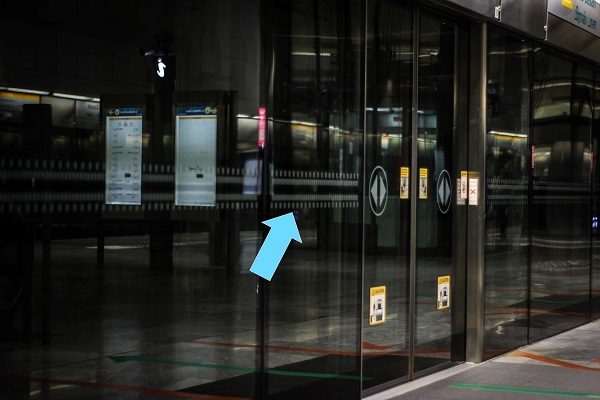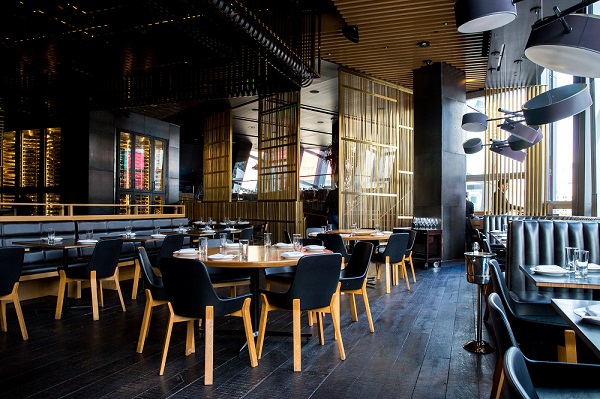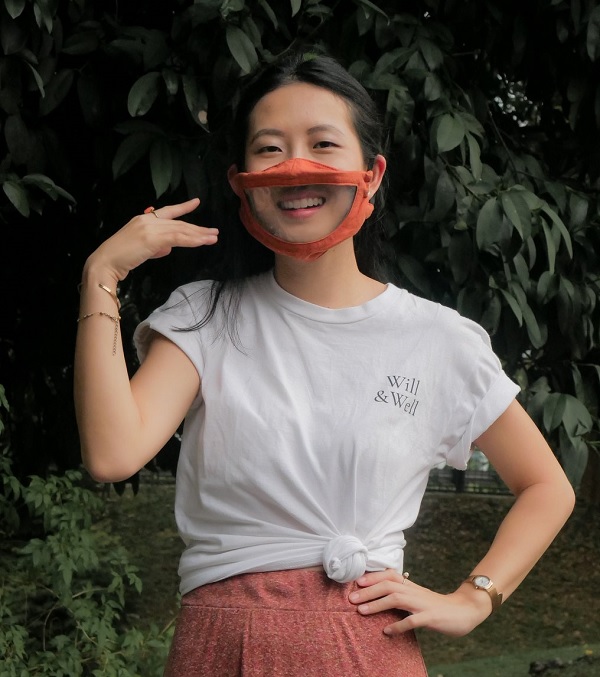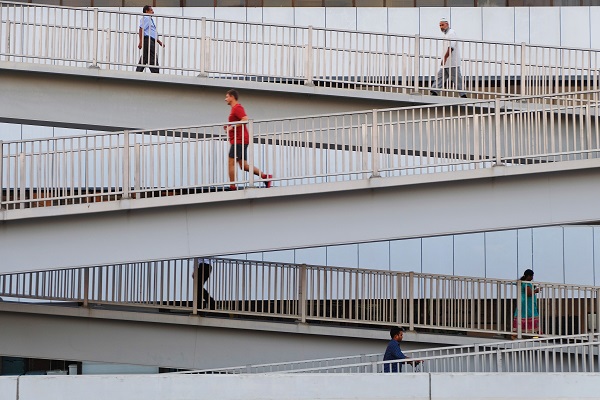
Universal design is the design of buildings, products, services or environments to make them user-friendly and accessible to all people. We develop different forms of disability or impairment throughout our life because of accidents, ageing or medical condition. Thus, the 7 principles of universal design have became vital design principles to create an inclusive society, empowering people with different disability to live independently to the greatest extent.
